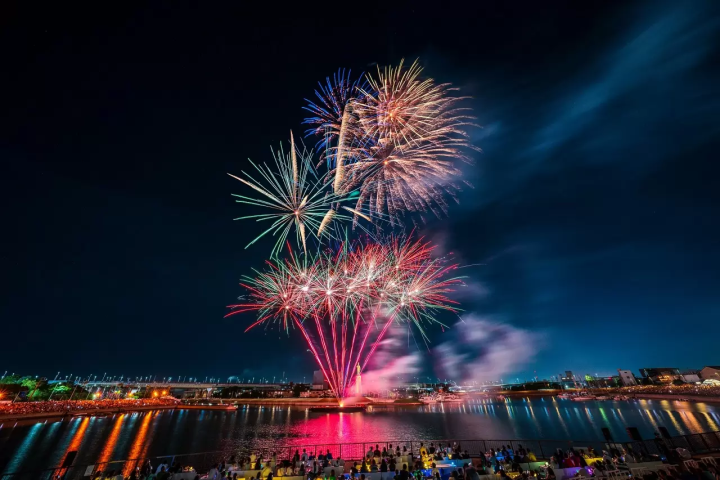[Takeda Castle Ruins] Early morning only! Get a postcard with Toyotomi Hidenaga's castle seal design!
![[Takeda Castle Ruins] Early morning only! Get a postcard with Toyotomi Hidenaga's castle seal design!](https://resources.matcha-jp.com/resize/720x2000/2025/05/26-234485.webp)
Anyone who visits the Takeda Castle ruins from June 1st, the first day of early morning opening, through August 31st will receive a postcard featuring Toyotomi Hidenaga's castle seal.
The Takeda Castle ruins will be open to the public from 5am starting in June.
The Takeda Castle ruins are open to the public from 5am to 5pm from June 1st to December 7th (last entry at 4:30pm).
Unlike previous years, this year the gates will open at 5am starting in June.
In conjunction with this, for two hours only from June 1st, the first day of early morning opening, to August 31st, anyone who visits the Takeda Castle ruins will be given a postcard featuring Toyotomi Hidenaga's castle seal.
Please come and commemorate the occasion.
Date and Time
From June 1 to August 31, 2025
Only for two hours from 5am to 7am
place
Takeda Castle Remains Collection Building
*Limited to the first 2000 people, while stocks last.
Toyotomi Hidenaga and the ruins of Takeda Castle
Takeda Castle is said to have begun during the Kakitsu era (around 1443) when Yamana Sozen, then governor of Tajima, ordered his subordinate Otagaki clan to build it (according to oral tradition). After that, the Otagaki clan, a senior vassal of the Yamana clan, served as the castle's lord for seven generations, starting with the first lord, Kageyoshi (some say his real name was Masaaki). However, in 1580, Takeda Takeda fell during Hashiba Hideyoshi's (later Toyotomi Hideyoshi) attack on Tajima, and it is believed that the Otagaki clan also fell.
Later, Hidenaga Hashiba (later known as Toyotomi Hidenaga), the younger brother of Hideyoshi Hashiba, became the eighth lord of the ruins of Takeda Castle.
Click here for information on how to climb the castle.
Access to Asago City
We are a voluntary tourism organization that promotes the attractions of the northern part of Kinki, including Tamba, Tajima, Tango, and Wakasa. The flavors of Northern Kinki are not limited to crab, a representative winter sea delicacy, but also include oysters, yellowtail, and pufferfish, as well as cockles, rock oysters, and white squid in the summer, and mountain flavors such as Tamba chestnuts, Tamba black beans, and the summer fruit, sand dune melon. This is an area where you can enjoy gourmet food all year round. I would be delighted to visit the vast northern Kinki region many times and provide information on railway journeys.
The contents on this page may partially contain automatic translation.
































